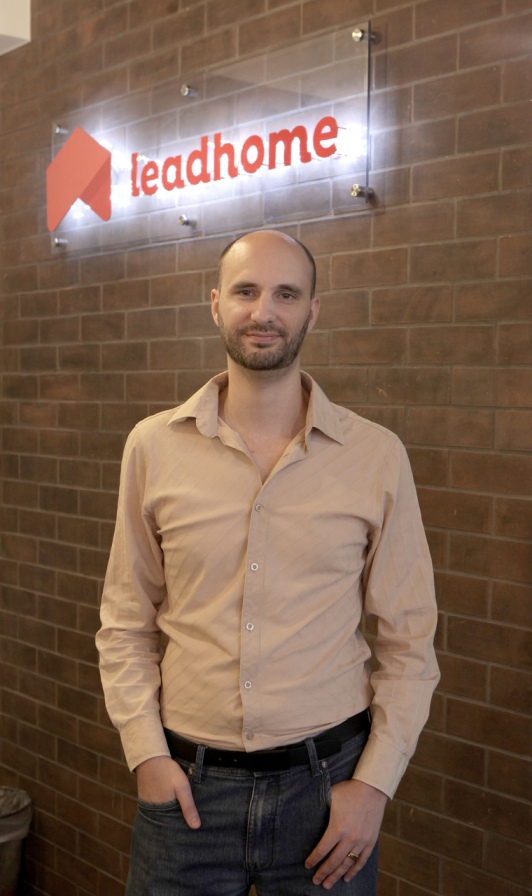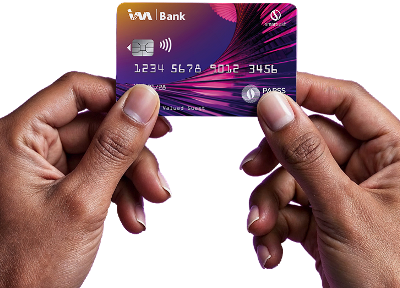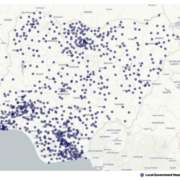The UX approach is cementing its place in the language of business. Its potential to drive significant change has never been more relevant, particularly in traditional markets where disruption looms large.
“UX design bridges the gap between user needs and business needs,” notes Patrick Glynn, Head of UX/Product at Leadhome. “People ignore products that ignore people. The user experience approach is about truly understanding the problem a user has before creating a solution. For example, people don’t want drills, they want to make a hole and there are hundreds of ways of doing so. This subtle difference in thinking leads to innovation.”
Glynn says that while a graphic designer typically deals with designing packaging or brochures, and a user interface (UI) designer creates digital interfaces, a UX designer is concerned with the entire user journey, including aspects of research, visual design, information architecture, usability and prototyping. “It is a story that begins before the product is even in the user’s hands. UX design allows you to learn, move fast and stay competitive.”
“The common pattern was that the majority of customers in those markets had changing needs and wants, and their behaviour was changing. Successful disruptors are faster to spot and serve emerging customer needs than competitors.”
This customer-centric method has enabled Leadhome to combine the best of people and technology to pioneer the transformation of residential property transactions for both buyers and sellers. “Any software that doesn’t consider the user’s needs or pain points is ultimately doomed to fail. Design thinking is essentially a framework for innovation as it allows business to turn design into a process that creates value for clients as well as the business,” says Glynn.
He adds that although it’s still commonplace to assume that technology itself is at the centre of disruption, the reality is much more nuanced. “Companies like Google, Amazon, Facebook, and Apple have similar technologies and similar amounts of technology. The common pattern was that the majority of customers in those markets had changing needs and wants, and their behaviour was changing. Successful disruptors are faster to spot and serve emerging customer needs than competitors.”
Glynn says more companies are beginning to appreciate the value of delivering a complete customer experience, as businesses can no longer afford to ignore UX design as a means to achieve competitive advantage. “This is particularly true in South Africa where UX design is still an emerging field. Elsewhere, the numbers speak for themselves as according to the Design Value Index (an index of listed companies and their share performance relative to the S&P 500) design-driven companies can outperform their competitors by as much as 228%. What’s more, in a study carried out by the Design Management Institute, design-led companies reported 41% higher market share and 50% more loyal customers.
Glynn expects UX design to continue to emerge as a fundamental currency of modern companies. “If you think good design is expensive, businesses need only consider the cost of bad design.”
About Leadhome
Leadhome is a modern estate agency combining the best people and technology – enabling clients to achieve the optimal result when selling their property. They are the pioneer in transforming residential property transactions for both buyers and sellers, they challenge the status quo by providing a new way of operating using the best technology and people to make selling homes easier, faster and better.





























